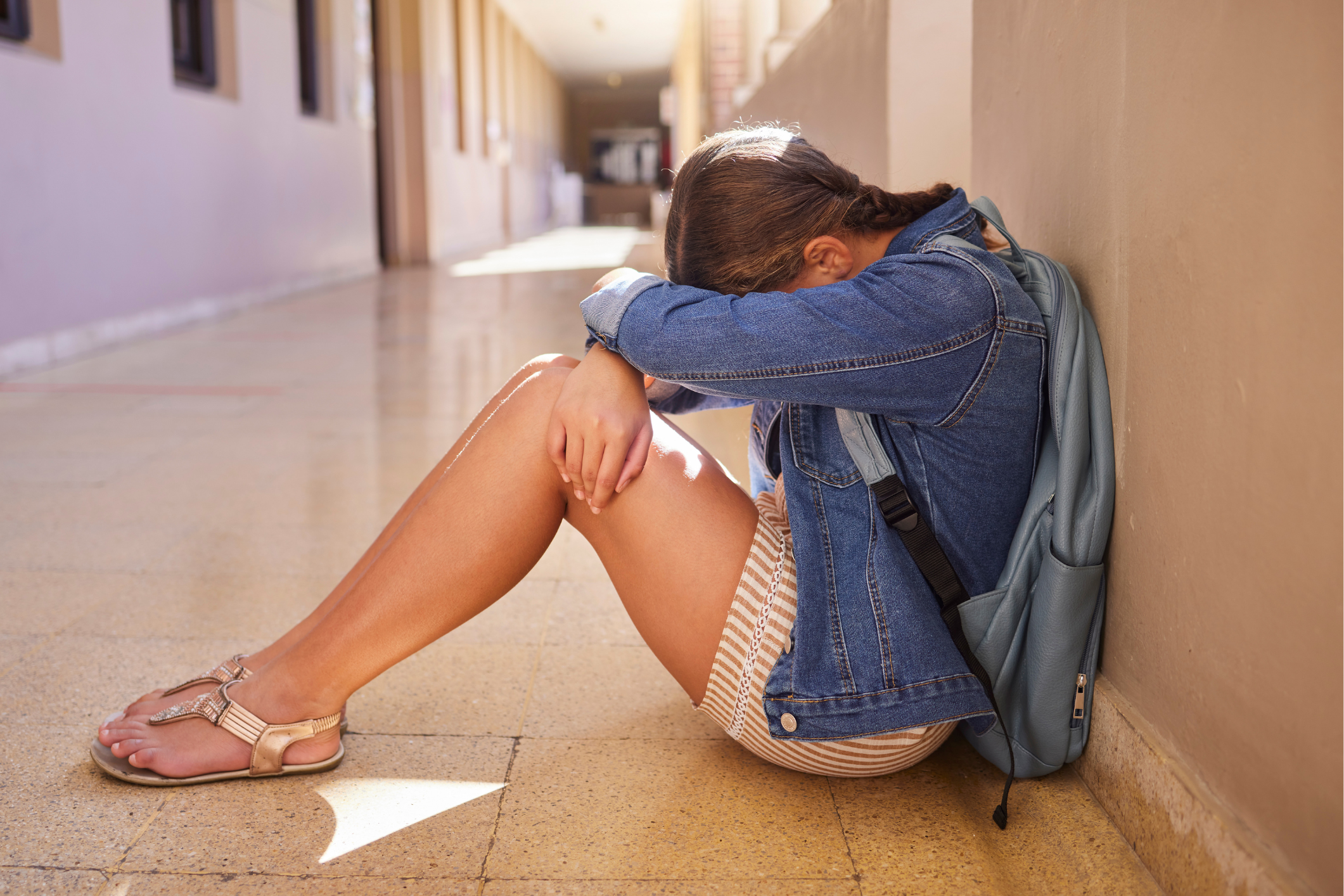
Three Things Every Boarding School Should Consider as Part of Their Reopening Plan
How Brewster Academy is Preparing for the Start of the Academic Year
Boarding schools face a uniquely complex set of reopening challenges given the residential component of their model. The following is an excerpt taken from a Magnus Health webinar conducted last week. Contributing panelist, Susan Harrington, Chief Financial Officer at Brewster Academy in Wolfeboro, New Hampshire, presents a valuable set of tactics and strategies specific to boarding schools. The outline below describes the considerations and steps within each aspect of a reopening plan. Beyond governmental approval, Brewster Academy created a series of criteria to be met along with a Reopening Campus Strategy Team to help determine and evaluate their standing.
I. Testing Strategy
Each school should develop a testing strategy that can be implemented prior to students, faculty, and staff returning to campus. This plan should also provide testing for all once on campus, have an allowance for self isolation, and include an action plan should an outbreak occur.
What Brewster is Doing:
- Prevention: Preventive tests will be administered to students after a self-isolation period, but before arrival to campus and will again be administered upon arrival. Once tested onsite, students will enter another phase of self-isolation (potentially in double rooms) until those test results are available. Faculty, staff, and administrators will also be tested upon arrival.
- Response: Should an outbreak occur, Brewster has equipped the campus with a full stock of tests as well as a testing machine to rapidly determine infection and needs for quarantine.
II. Daily Screening
The Center for Disease Control and Prevention is recommending daily temperature and symptom screening for all students, staff, and faculty. To avoid bottlenecks at entrances, many schools are looking towards a software solution for screening that can be done from a student’s dorm or faculty/staff member’s home. For temperature screening throughout the school day, consider a thermal camera.
What Brewster is Doing:
- Symptom screening for students will be done via the Magnus app.
- Temperature screening will be captured via thermal camera to maintain privacy and avoid backlog
- Symptom questionnaires will be employed for any potential campus visitors
III. Mitigation & Response
Most schools are investing in PPE and technology that supports health and safety standards as well as enriches distance learning. While this is essential, don’t neglect professional development for your teachers and an in-depth and thoughtful communication strategy.
What Brewster is Doing:
- Technology investments will provide a high-level experience for remote learning.
- Membership in Global Online Academy (GOA) offers in-depth training for educators to deliver online learning
- Faculty has been provided substantive training in new LMS platform
- Looking to equip each classroom with a swivel camera to increase engagement and interaction even in remote settings; Double 3 robot to allow faculty members to continue teaching with high level engagement when self-isolating
- Utilizing 3-D printers for signage and stickers to map out socially distanced traffic flows
- Strategic Investments:
- PPE: Procuring a well-stocked supply of PPE options for all onsite. Surgical masks for the general community, N95 masks for health center staff, face shields and gowns for dining services.
- Repurposing Physical Spaces: Planning to maximize student time in outdoor settings or larger spaces with free-flowing air and higher ventilation
- Communication: Clear and consistent communication is paramount. Maintaining the communication flow in a variety of formats: email, live Q&A, shareable graphics, and surveys. Involving town officials, state legislators, local healthcare partners as possible to dialogue about updated policies, timelines, and potential roadblocks. As always, it is important to rely on your school’s unique values and mission to serve as guide rails for all communication.

